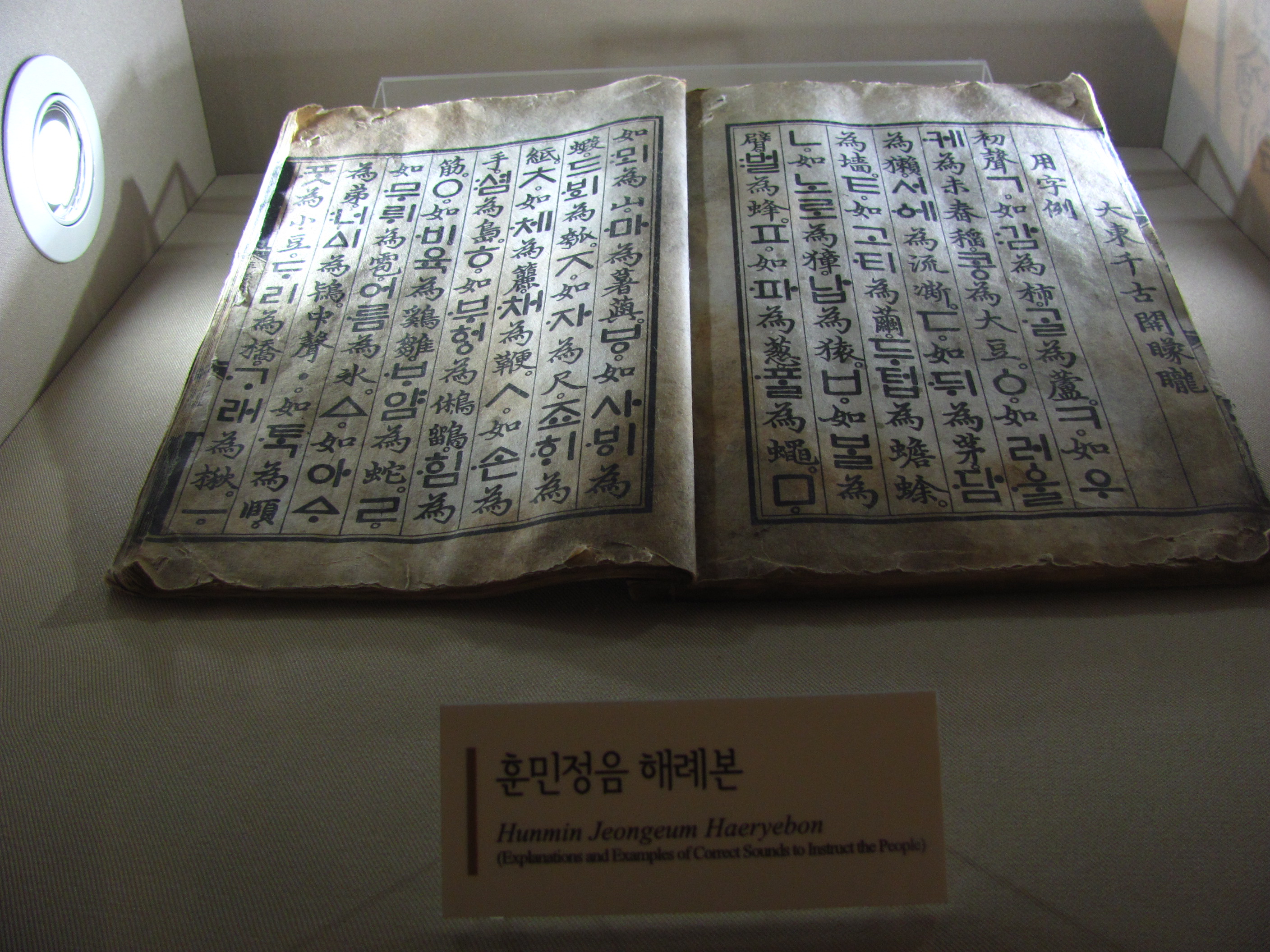Hangul, the Korean writing system, stands as one of the most remarkable achievements in the history of linguistics. Created in the 15th century, it is unique among modern writing systems because it was deliberately designed by a small group of scholars under royal commission.
Unlike most scripts that evolved over centuries, Hangul’s creation has a specific date, known authorship, and a clear purpose: to make literacy accessible to common people.
Today, Hangul is the official script of both South Korea and North Korea and is celebrated for its scientific design and phonetic precision
Before the Hangul

Before the invention of Hangul, Koreans wrote using Classical Chinese, known locally as Hanja. This system, while prestigious, posed significant barriers to literacy.
Chinese characters were difficult to learn and master, especially for people who spoke Korean, a language structurally very different from Chinese.
Only the educated elite, such as scholars and members of the aristocracy, had the time and resources to learn Hanja. As a result, the majority of the Korean population was illiterate, and communication through written language remained exclusive.
The Creation of Hangul

In 1443, during the reign of King Sejong the Great of the Joseon Dynasty, the need for a writing system that could be easily learned and used by ordinary Koreans became a national priority.
Recognizing the linguistic gap and the social inequality it perpetuated, King Sejong assembled a group of scholars from the Hall of Worthies (Jiphyeonjeon) to create a phonetic alphabet.
After three years of development, Hangul was officially announced to the public in 1446, along with a document titled "Hunminjeongeum," meaning "The Proper Sounds for the Instruction of the People."
This document not only introduced the script but also explained its purpose, structure, and logic. It stated that Hangul was created so that “the people may learn it easily and use it conveniently in their daily lives.”
The script originally consisted of 28 letters, 17 consonants and 11 vowels, though over time this was simplified to the 24 basic characters used today: 14 consonants and 10 vowels.
Design and Features

Hangul is notable for its logical design. Unlike alphabetic systems where letters are strung linearly, Hangul letters are grouped into blocks that represent syllables. Each block consists of at least one consonant and one vowel, arranged in a square form.
For example, the syllable "한" (han) is made up of the consonant ㅎ (h), the vowel ㅏ (a), and the consonant ㄴ (n). This syllabic arrangement mirrors the spoken structure of Korean and allows for rapid and intuitive reading and writing.
The shapes of the consonants were also designed to mimic the shape of the speech organs used to pronounce them. For instance, the letter ㄱ (g/k) is shaped to represent the root of the tongue blocking the throat.
The vowels are based on three symbolic elements: a dot representing the sun or heaven, a horizontal line representing the earth, and a vertical line representing humanity. These elements reflect Confucian and Taoist philosophies that were influential at the time.
Initial Resistance

Despite its brilliance, Hangul faced strong resistance from the upper class and scholarly elite. Many Confucian scholars viewed the script as a threat to the traditional order, believing that the use of Chinese characters reflected Korea’s cultural sophistication.
As a result, Hangul was referred to dismissively as "Eonmun," meaning "vulgar script," and its use was often discouraged in formal or academic contexts.
Nevertheless, the script gained popularity among women and commoners, who found it more accessible than Hanja. Over time, Hangul’s utility in everyday life, literature, and communication became undeniable.
Symbol of National Identity

In 1910, Japan annexed Korea and made the country its new province. The occupation lasted 35 years until Japan lost World War II in 1945. During those brutal decades, Japan was trying hard in erasing Korean identity.
The Japanese forced the use of Japanese names instead of Korean ones, and they also forbid the use of Hangul. But, by the late 19th and early 20th centuries, nationalism grew rapidly and Hangul came to be seen as a symbol of Korean identity and cultural pride.
Modern Use and Global Recognition

In the 20th century, especially after Korea’s liberation from Japanese rule in 1945, Hangul was promoted as the national script.
North Korea adopted Hangul exclusively, abolishing the use of Hanja entirely, while South Korea maintained limited use of Chinese characters, primarily for scholarly or historical purposes.
Today, Hangul is used universally in both countries and is celebrated for its simplicity, elegance, and efficiency.
Every year on October 9th in South Korea (and January 15th in North Korea), Hangul Day commemorates the script’s invention. Linguists around the world praise Hangul as one of the most logical and scientific writing systems ever developed.



















